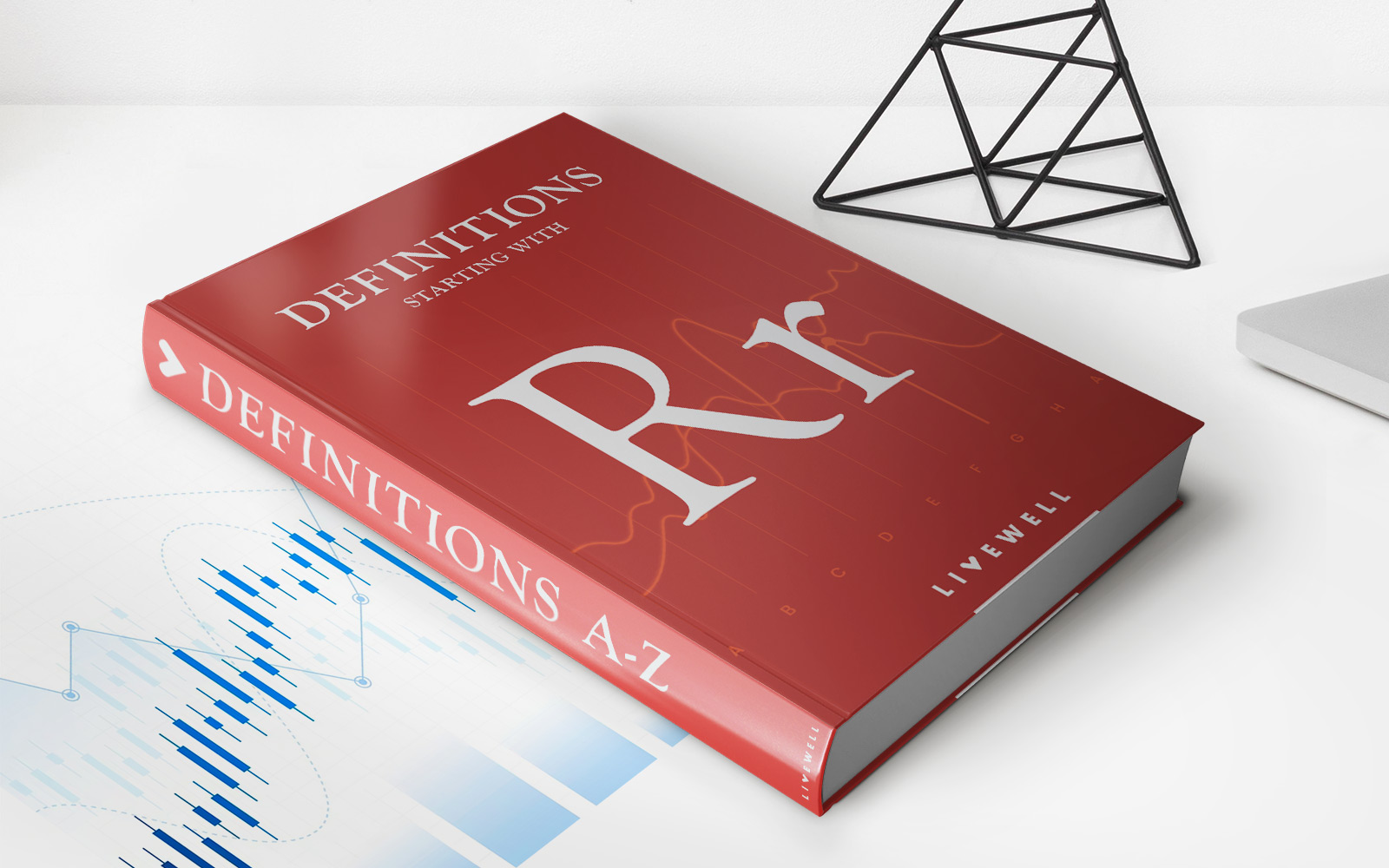

Finance
Mortgage Putback Definition
Modified: December 30, 2023
Are you familiar with the concept of mortgage putback? Find the definition and understand how it relates to the world of finance.
(Many of the links in this article redirect to a specific reviewed product. Your purchase of these products through affiliate links helps to generate commission for LiveWell, at no extra cost. Learn more)
Mortgage Putback Definition: Understanding the Basics
When it comes to the world of finance, there are countless terms and concepts that can be overwhelming for the average person. If you are interested in mortgages, you may have come across the term “mortgage putback” during your research. But what does it actually mean? In this blog post, we will break down the definition of mortgage putback and provide you with a clear understanding of this important finance concept.
Key Takeaways:
- Mortgage putback is a process where the original lender of a mortgage loan can force the selling bank or institution to repurchase the loan due to a breach of contract.
- The putback process is typically triggered when the mortgage loan falls into default or the selling bank did not follow proper underwriting guidelines.
Put simply, a mortgage putback refers to the process where the original lender of a mortgage loan has the right to force the selling bank or institution to repurchase the loan. This is typically done when there has been a breach of contract or a violation of certain terms and conditions that were agreed upon at the time of the sale.
So how does the mortgage putback process work? Let’s break it down into a few key steps:
- The original lender reviews the mortgage loan files and identifies any potential breaches of contract or violations.
- If a breach or violation is found, the lender will formally request the selling bank to repurchase the loan.
- The selling bank will then conduct its own review to determine if the request is valid.
- If the selling bank agrees with the request, it will repurchase the loan from the original lender.
- If the selling bank disputes the request, the matter may be resolved through negotiation or escalate to a legal process.
It’s important to note that the mortgage putback process is often triggered when the mortgage loan falls into default or when the selling bank did not follow proper underwriting guidelines. This ensures that the original lender has a mechanism to hold the selling bank accountable for any potential errors or misconduct. By forcing the repurchase of the loan, the original lender can mitigate its own financial risk and ensure that proper due diligence was conducted during the loan origination process.
In conclusion, understanding the concept of mortgage putback is crucial for anyone involved in the world of mortgages and finance. By grasping this key term, you can navigate the mortgage market with confidence and make informed decisions regarding your financial endeavors.
Key Takeaways:
- Mortgage putback is a process where the original lender of a mortgage loan can force the selling bank or institution to repurchase the loan due to a breach of contract.
- The putback process is typically triggered when the mortgage loan falls into default or the selling bank did not follow proper underwriting guidelines.














